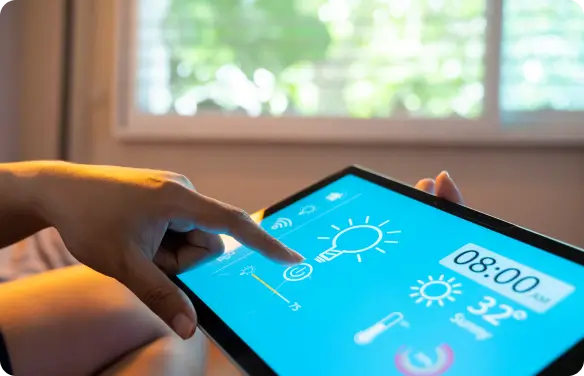
Why is Emissions Management important?
Goal
We set both interim and long-term goals to steer our actions as a group today and tomorrow towards creating a better, sustainable future for the planet.
Key Targets
- Interim Targets
- To cap Scope 1 and Scope 2 emissions at 2022 baseline level by 2025, inclusive of our growth
- To reduce year-on-year Scope 1 and Scope 2 carbon intensity per patient bed-day
- To be SBTi (Science Based Targets initiative) ready by 2025
- Long-term Target
- To achieve Net-Zero emissions by 2050
2023 Progress
- Our Scope 1 and Scope 2 emissions intensity per patient bed-day decreased by 3.8% while our total Scope 1 and 2 emissions increased by 5.1%.
- Commenced measuring and disclosing Scope 3 emissions starting with Business Travel and Employee Commute
Did You Know?
2.5x
more energy per square foot when comparing hospitals to office buildings.
4.4%
of global greenhouse gas emissions come from the healthcare sector. This is more than the aviation and shipping sectors.
At IHH, we have committed to reduce our emissions every year by bringing down energy usage and using alternative energy sources.

What We’re Doing
Whilst 2022 was focused on establishing baselines and setting preliminary targets, 2023 saw us shifting our efforts into ways to best achieve our Scope 1 and 2 emissions targets by 2025, through the following:
- Setting reduction targets for anaesthetic gas emissions
- Improving energy efficiency and increasing renewable energy generation
- Charting our Scope 3 emissions management roadmap
Caring for our planet holds immense importance, as its well-being significantly influences human health and humanity’s future.
Highlights

























